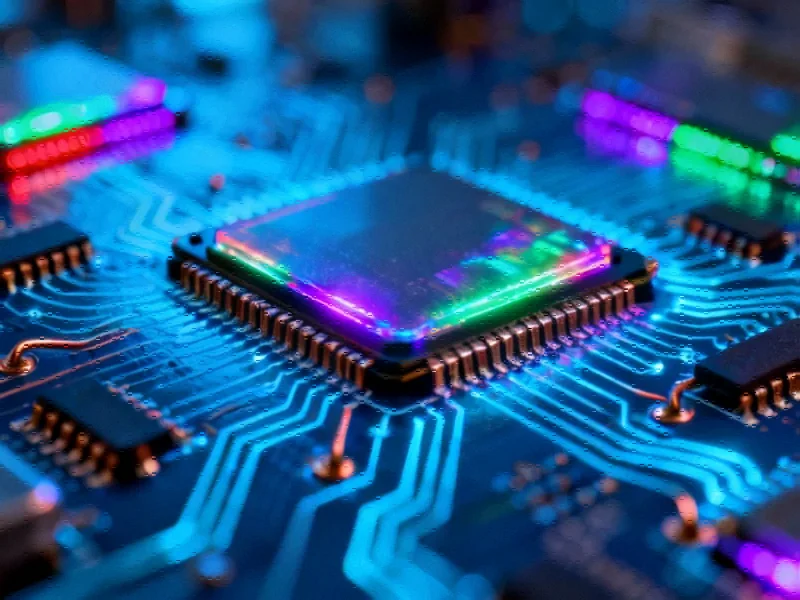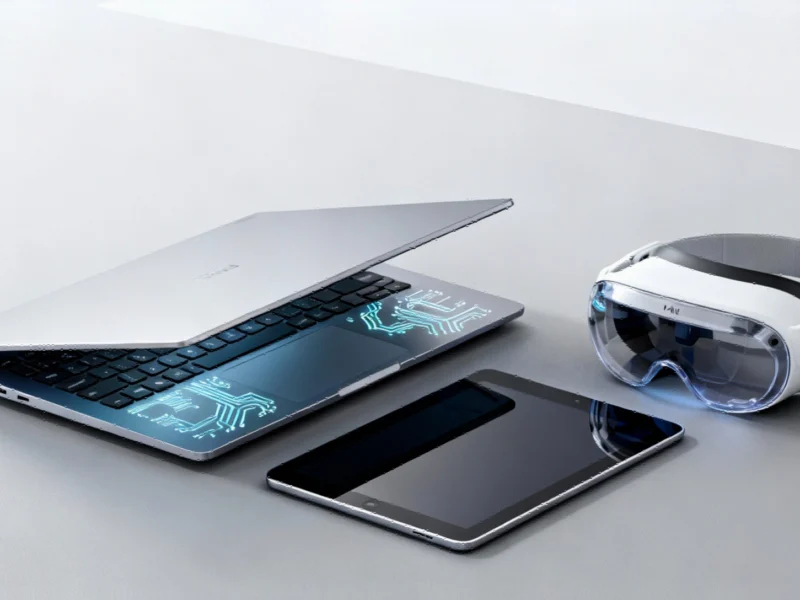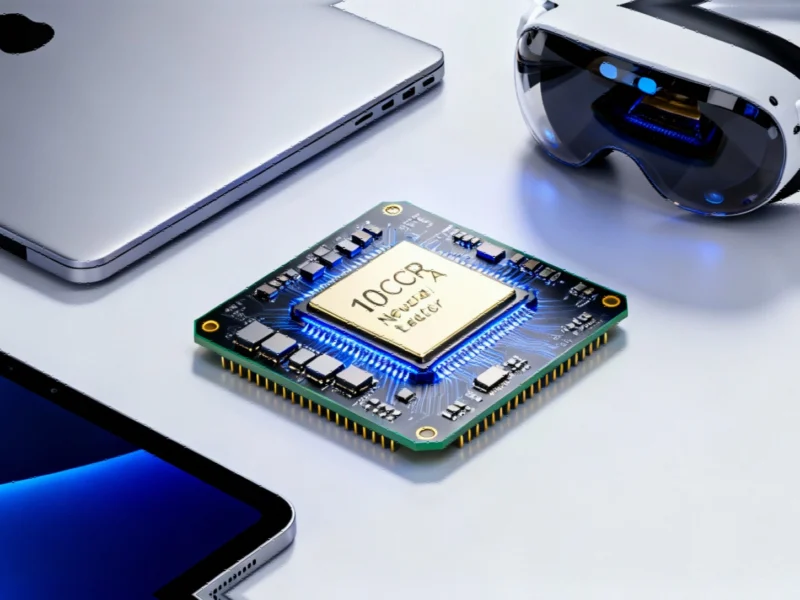Revolutionary Memory Technology Achieves Unprecedented Storage Density
Researchers have reportedly developed a groundbreaking 11-bit memory technology using two-dimensional materials that could significantly advance neuromorphic computing hardware, according to a recent publication in Nature Communications. The innovative floating-gate memories (FGMs) based on molybdenum disulfide (MoS₂) channels demonstrate exceptional performance characteristics that surpass threshold voltage requirements for next-generation applications.
Technical Breakthroughs Enable Multi-Bit Storage
Sources indicate the achievement stems from three key optimizations: bismuth contacts that enhance current flow, Schottky barrier-free connections that reduce electrical noise by three times, and a dual-pulse programming method that improves storage stability. The devices reportedly achieve 2,249 distinct conductance levels, exceeding 11-bit capacity and rivaling top-performing resistive random-access memories (RRAMs).
Analysts suggest the gate-injection design represents a significant departure from traditional memory architectures. “Unlike conventional FGMs where control gates and source/drain electrodes are perpendicular, this coplanar configuration enables charge injection at the control gate rather than the channel region,” the report states, explaining the mechanism behind the improved performance.
Exceptional Performance Metrics
The technology demonstrates remarkable operational characteristics, including fast switching speeds of 230 nanoseconds, long retention exceeding 10,000 seconds, and high endurance of over 100,000 cycles. Researchers noted that the devices maintain low noise levels even after extensive cycling and at elevated temperatures of 85°C, addressing critical challenges in memory technology.
According to reports, the bismuth contacts play a crucial role in minimizing contact resistance to just 2% of total resistance, compared to over 50% with conventional chromium/gold contacts. This reduction fundamentally changes the noise profile, making Schottky barrier noise negligible and enabling clearer distinction between memory states.
Statistical Validation and Reproducibility
The research team conducted extensive statistical analysis to validate the technology’s reliability across multiple devices. Current levels demonstrated Gaussian distribution with minimal standard deviation, confirming the distinct separation between adjacent states. Ten of twelve fabricated devices achieved the full 11-bit capacity, while two reached 10-bit storage, showing high reproducibility despite variations in MoS₂ thickness.
Sources indicate the automated programming system using proportional-integral-derivative algorithms enables precise targeting of any conductance state within few iterations. This capability, combined with the technology’s endurance, provides the foundation for practical implementation in complex computing systems.
Industry Implications and Future Potential
The breakthrough comes amid significant industry developments in computing hardware and memory technologies. As companies worldwide invest in advanced computing infrastructure, this research demonstrates the potential of 2D materials to address growing demands for higher density and efficiency.
Theoretical analysis included in the report suggests even greater potential, with 17-bit storage capacity achievable through further reduction of interface trap density. This positions the technology as a strong contender for future computing innovations that require high-precision analog memory elements.
As the technology sector continues to evolve, such advanced research highlights the importance of fundamental material science breakthroughs in driving computational capabilities forward. The demonstrated combination of high density, speed, and stability in these 2D floating-gate memories could potentially enable new architectures in neuromorphic computing and artificial intelligence systems.
This article aggregates information from publicly available sources. All trademarks and copyrights belong to their respective owners.
Note: Featured image is for illustrative purposes only and does not represent any specific product, service, or entity mentioned in this article.



